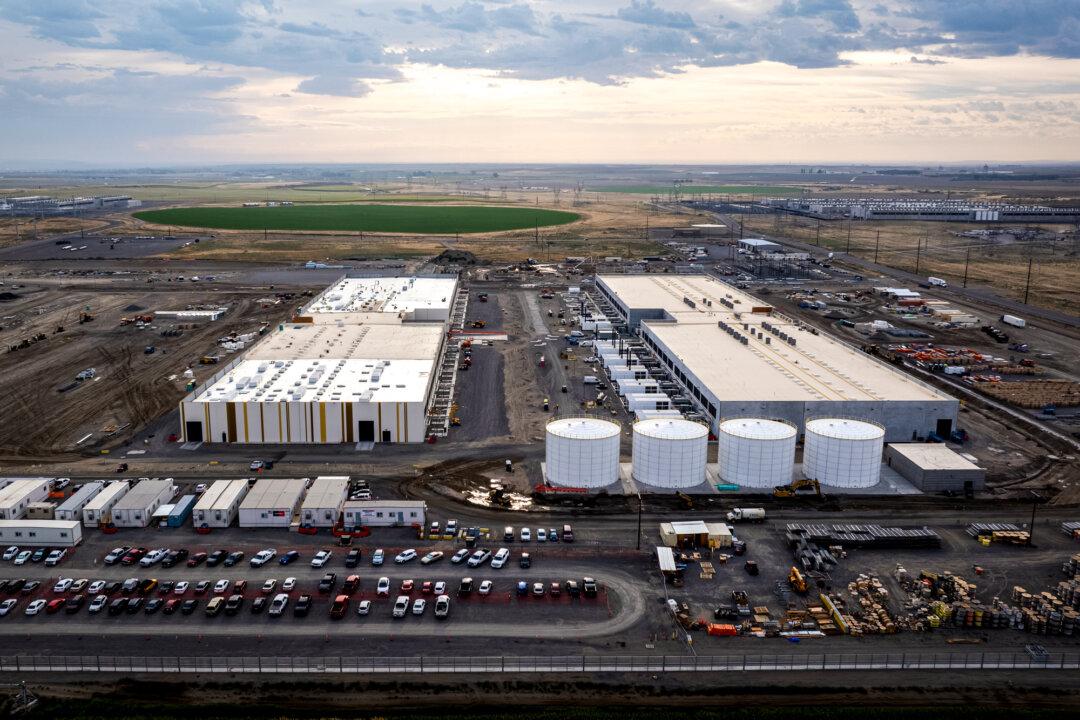Oregon’s economy could be characterized by sluggish growth and higher unemployment for the coming years, according to the state’s economic and revenue forecast released on May 14.
Although the state will take in record revenue in the 2025–2027 biennium—up 12 percent from the 2023–2025 biennium—it will be significantly less than had been predicted just three months ago.





